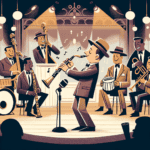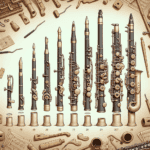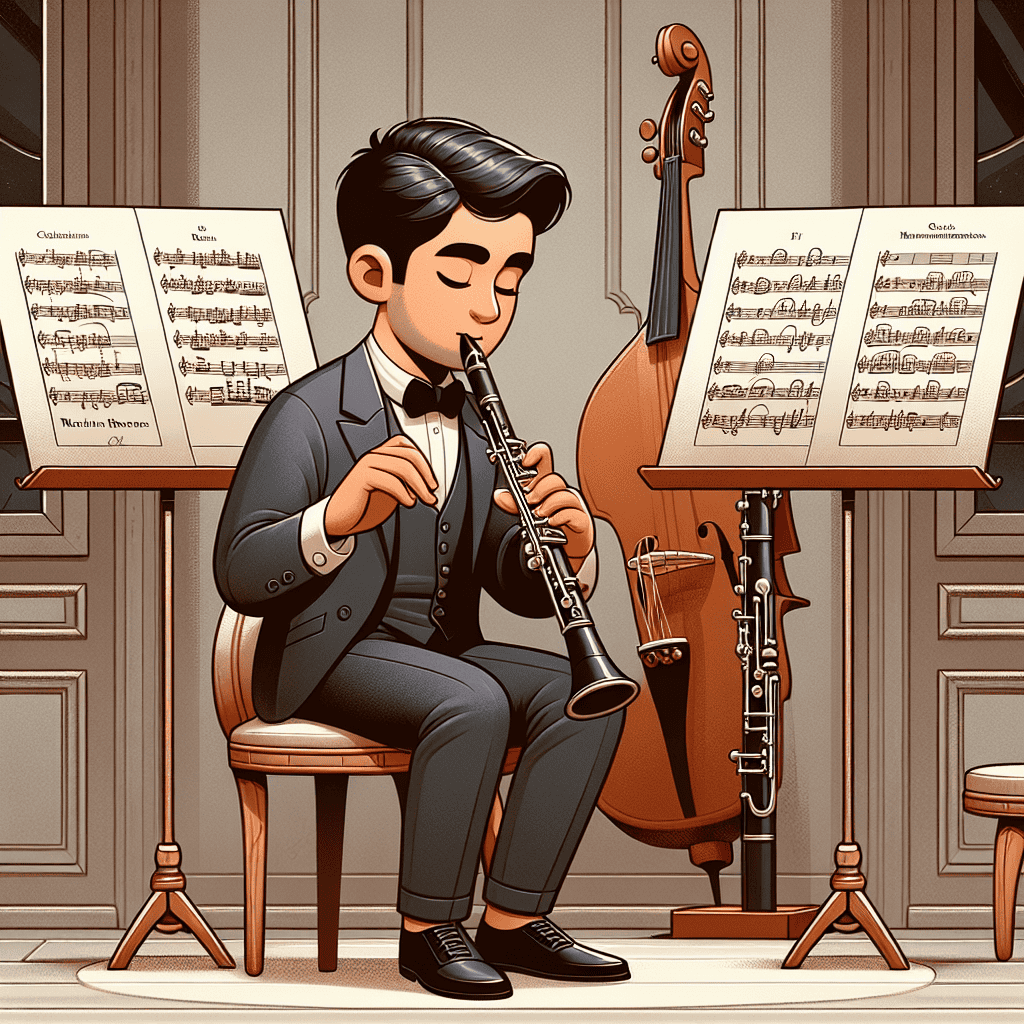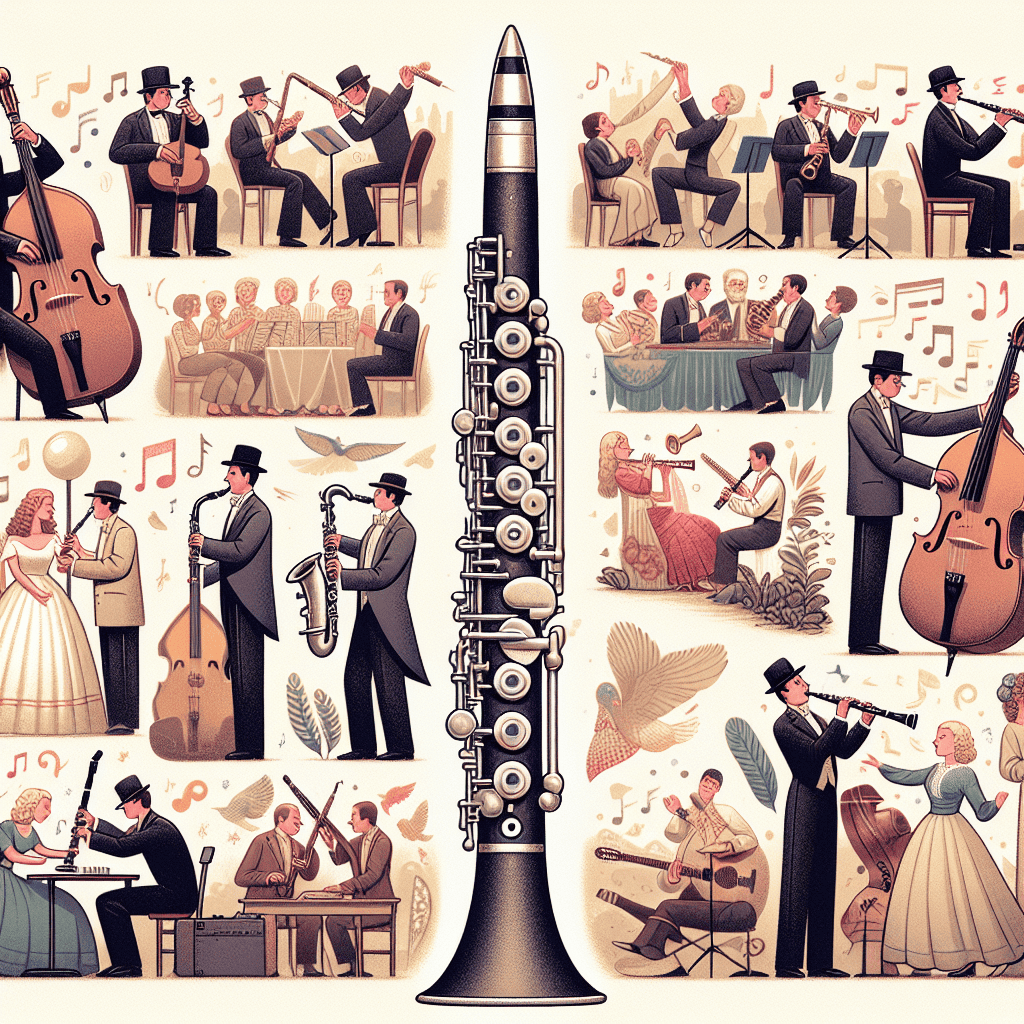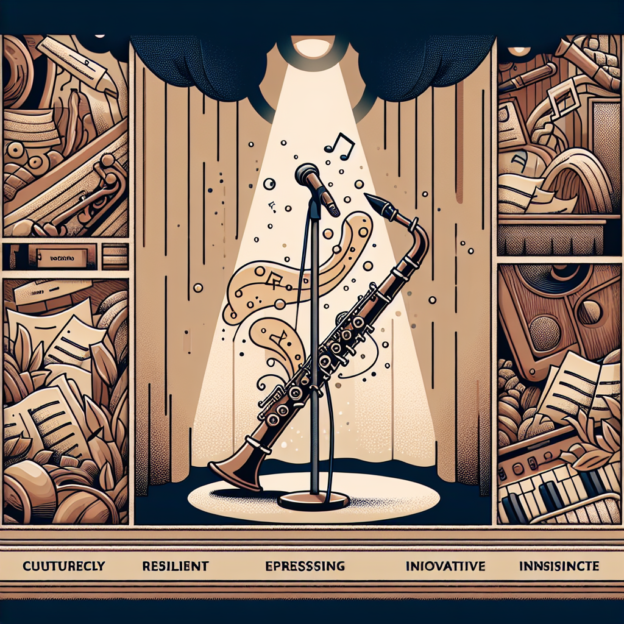The Rich Tapestry of Jazz History
Jazz has a rich and vibrant history, carefully preserved and shared across generations. Oral history projects play a crucial role in this preservation, acting as a bridge between past and present. The clarinet, with its warm and expressive tones, has been an integral part of these stories told by jazz musicians.
When you think of jazz, improvisation often comes to mind. It's not just about the music; it's about the stories musicians convey through their performances. The clarinet has a unique voice that can tell a story, reflecting the emotions and experiences of its player. From Benny Goodman's haunting melodies to Artie Shaw's energetic riffs, the clarinet has been a powerful storytelling tool in jazz.
The Importance of Oral History Projects
Oral history projects capture the lived experiences of jazz musicians who have faced significant challenges and triumphs throughout their careers. Clarinets often feature prominently in these narratives, as players share their journeys, influences, and inspirations.
| Aspect | Contribution to Jazz History |
|---|---|
| Personal Stories | Provide insight into musicians' experiences and inspirations |
| Technical Evolution | Trace the development of playing styles and techniques |
| Cultural Context | Illuminate the social and historical backdrop of jazz |
| Artistic Legacy | Preserve the influence of notable musicians for future generations |
Sidney Bechet: A Jazz Pioneer
Consider the legendary clarinetist Sidney Bechet. His music is often mentioned in oral histories as a turning point in jazz, showcasing the clarinet's storytelling potential. Bechet's style blended classical techniques with jazz improvisation, creating a unique sound. He was a trailblazer, and his clarinet playing reflected his passion and dedication to jazz.
Collective Experience in Jazz
Jazz oral history projects highlight both individual stories and the shared experience of the genre. As musicians recount their experiences, we can trace how the clarinet's sound has changed, mirroring the social and cultural shifts of different eras. During the swing era, for example, the clarinet became the heartbeat of dance bands, capturing the essence of live ballroom performances.
Diverse Clarinet Styles in Jazz
The varying styles among clarinetists demonstrate the instrument's versatility in jazz. Some musicians lean towards traditional sounds with a more classical approach, while others push the boundaries with modern styles. Oral history projects serve as a record of these sonic innovations.
Personal Stories and Struggles
Interviews in these projects often reveal the personal challenges clarinetists have faced. These accounts offer glimpses into their mindset during performances, practice routines, and sources of inspiration for compositions. Paul Desmond, though primarily known for his alto saxophone work, often spoke of his admiration for the clarinet. His stories highlight the interconnectedness of jazz instruments and the flow of influences between different players.
Preserving Jazz Through Oral Histories
Oral histories play a vital role in keeping jazz alive. They bring the past to life, allowing today's musicians to learn not just the technical aspects of playing the clarinet, but also the emotional depth behind each note. This helps future generations understand what it truly means to be a jazz musician – encompassing both technique and spirit.
Technical Aspects of Clarinet in Jazz
It's fascinating to observe how clarinetists adapt their playing styles based on their background and musical influences. For many jazz musicians, the clarinet offers a canvas for creative sound exploration. Its versatility allows it to sing sweetly in ballads or cut through in upbeat swing numbers. During oral history interviews, players often discuss these nuances in detail, reflecting on their equipment, mouthpieces, reeds, and how these elements shape their music.
The Legacy of Instrument Makers
The influence of brands like Martin Freres is evident in many clarinetists' stories. These instruments provide artists with the tools to craft their unique voices and create distinctive sounds. The craftsmanship and attention to detail in these instruments play a significant role in how musicians express emotions through music, a topic frequently explored in oral histories.
The Clarinet's Lasting Impact
As we explore jazz history, the clarinet's sound continues to resonate. Artists often share themes of resilience, passion, and innovation in their interviews, highlighting the instrument's significance beyond its role as a musical tool. It represents the challenges overcome and victories celebrated, whether in smoky jazz clubs or through recordings and storytelling.
Cultural Contributions of Clarinetists
The contributions of clarinetists in oral history projects extend beyond their musical achievements. These musicians have shaped cultural movements, and their stories provide a unique perspective on the clarinet's impact throughout jazz history.
Conclusion
The next time you hear a clarinet solo, consider the rich stories behind the music. Oral history brings musical narratives to life, with each note from the clarinet weaving into the fabric of jazz culture. Whether you're a student, musician, or enthusiastic listener, there's always more to discover about the clarinet's role in jazz and the histories that keep this genre vibrant and evolving.
Table of Contents
- The Rich Tapestry of Jazz History
- The Importance of Oral History Projects
- Sidney Bechet: A Jazz Pioneer
- Collective Experience in Jazz
- Diverse Clarinet Styles in Jazz
- Personal Stories and Struggles
- Preserving Jazz Through Oral Histories
- Technical Aspects of Clarinet in Jazz
- The Legacy of Instrument Makers
- The Clarinet's Lasting Impact
- Cultural Contributions of Clarinetists
- Conclusion

